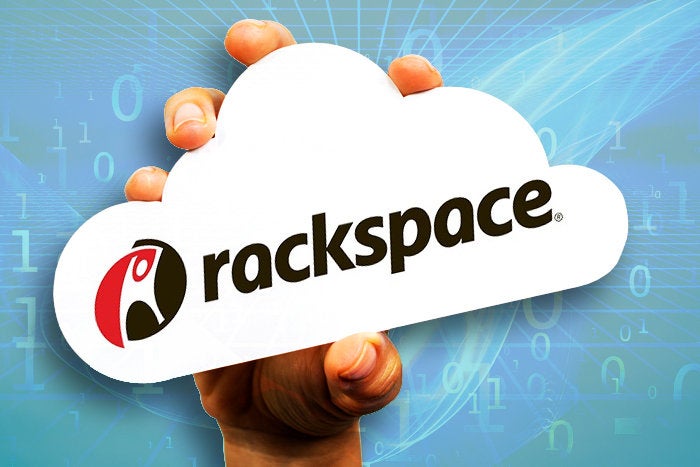Review: Rackspace Cloud keeps IaaS simple
Rackspace stands apart with familiar tools, open standards, and enterprise-grade support

Rackspace was one of the first players in the cloud arena. The company recognized early that enterprises wanted faster, simpler ways to spin up and spin down servers. If the bosses are going to be fickle and impulsive, there will always be a market for companies that make it easy for the people curating the data to pivot. If the corporate vision is going to morph, the IT shops will want a way to morph with it.
At Rackspace, the meaning of "cloud" has always been a bit simpler and more straightforward, and the philosophy a bit more open and pragmatic, than at other cloud providers. While some of the others spun elaborate metaphors, abstracted away the old files, and portrayed the opaqueness of their mechanism as a feature, Rackspace sold real instances that felt more like real computers. From the beginning, Rackspace's cloud was just a fast way to buy extra machines for an hour, then turn them off.
Lately the company has been adding new products and features to create what it calls the Next Gen cloud. You can still access the First Gen cloud and use the original cloud software, but it won't offer all of the new features such as better data storage, public IPv6 support, and the ability to change a server's metadata.
Rackspace Cloud: The next generation
While there are many new features, Rackspace is still largely selling machines (virtual machines, to be more precise), but now you can glue them together in a few additional ways. The data can be squirreled away in either block storage or containers, two abstractions that aren't permanently glued to the servers. For MySQL users, Rackspace has built a stripped-down and tuned machine image that delivers better performance. The company has also provided off-the-shelf load balancers and backup; adding these features has become much simpler.
Rackspace has also upgraded the machine choices and in one sense lowered the price. The First Gen cloud offered (and still offers) old, anemic machines with just 256MB of RAM and a monthly cost of $10.95, but that bargain-basement offering is gone from the Next Gen cloud. The low-end machines in the Next Gen cloud now come with 512MB of RAM, 20GB of disk space, one virtual CPU, and a monthly cost of $16.06. Bargain users are grousing about the increased cost of running very lightly taxed machines, but those using the larger machines will see prices dropping. A first-generation machine with 512MB of RAM costs 3 cents per hour, while a second-generation machine with 512MB of RAM costs only 2.2 cents per hour.
You're not just paying for RAM with the next generation. The larger, more-expensive machines with 2GB of RAM or more now come with additional virtual CPUs that go along with the extra storage. By the time you're purchasing 30GB of RAM for $876.60 per month, Rackspace is tossing in eight virtual CPUs with the package. You get more power for your money too.





